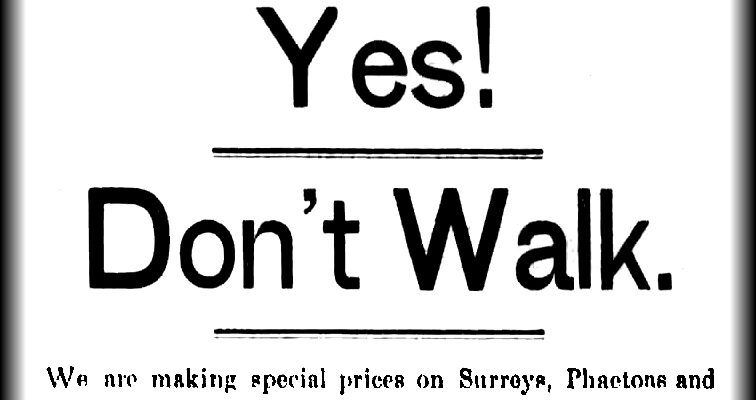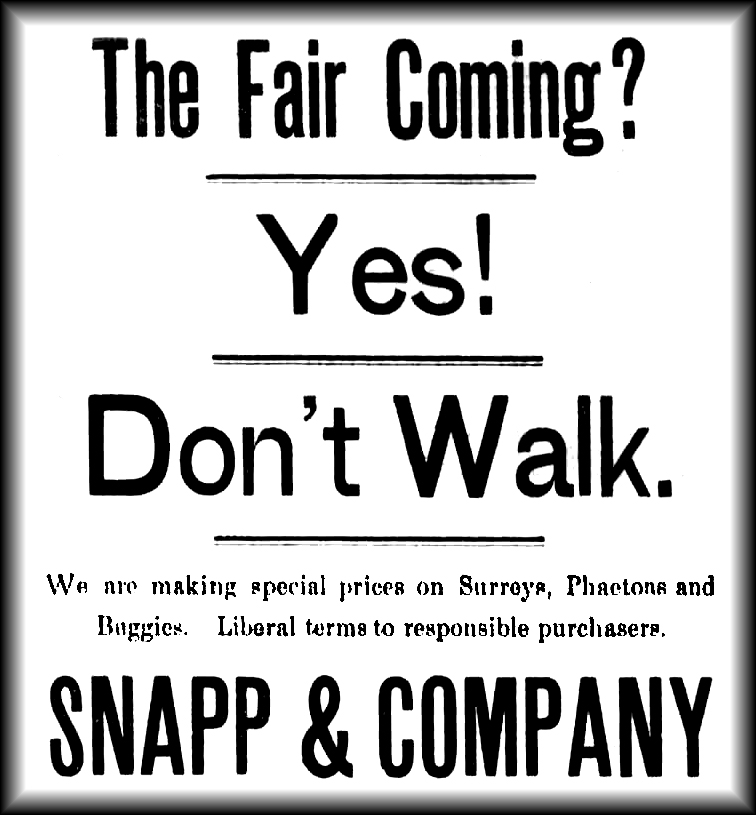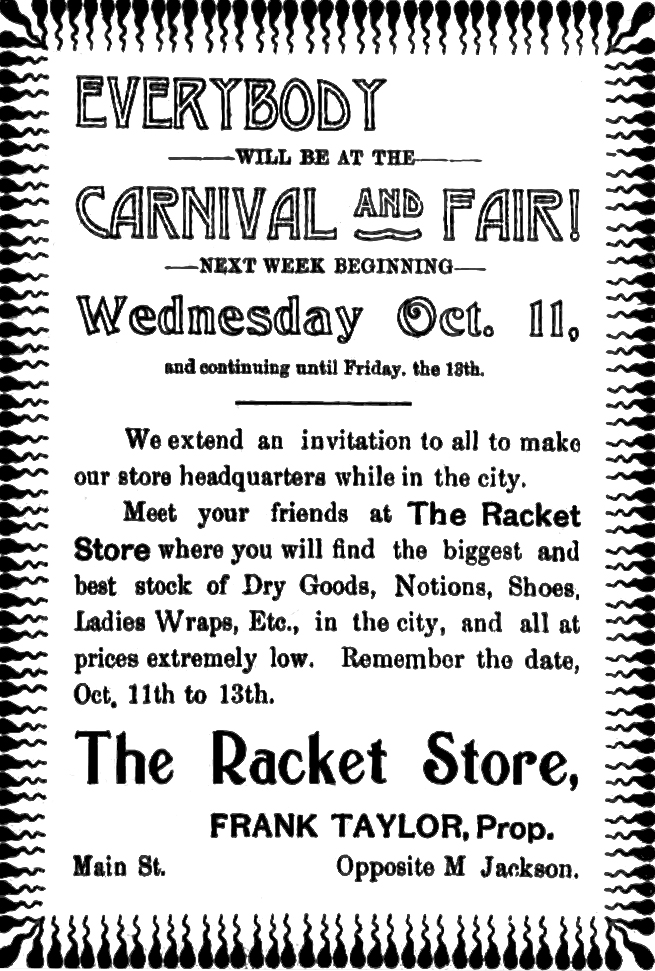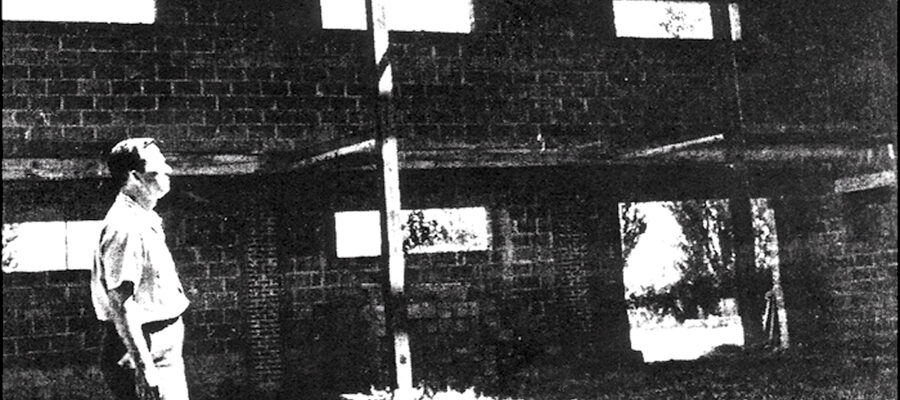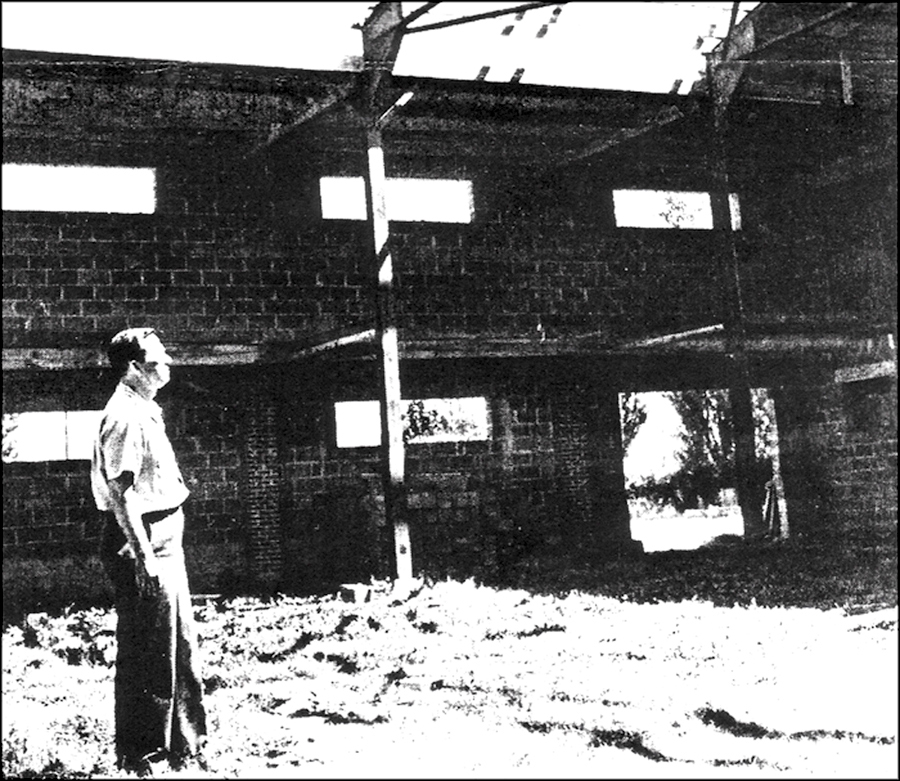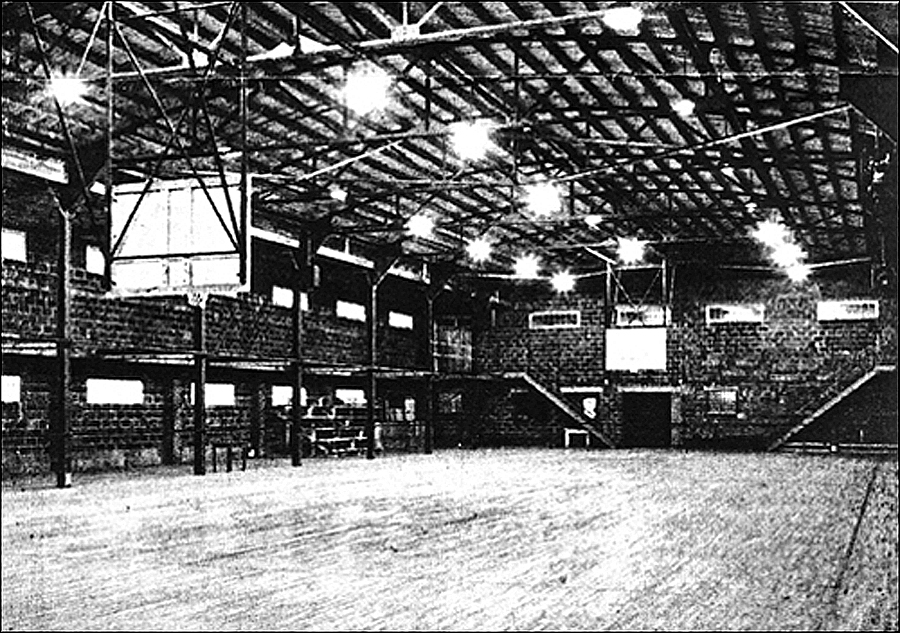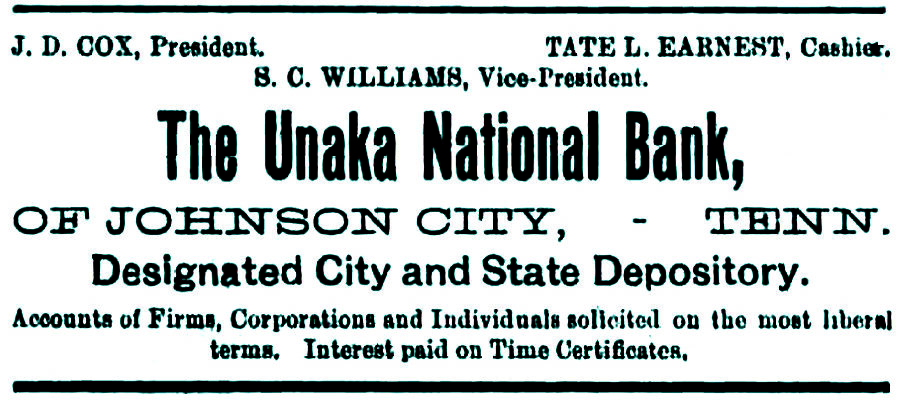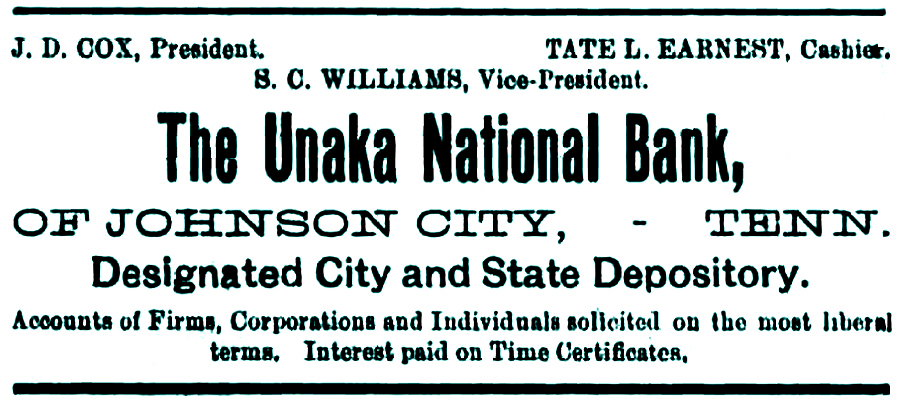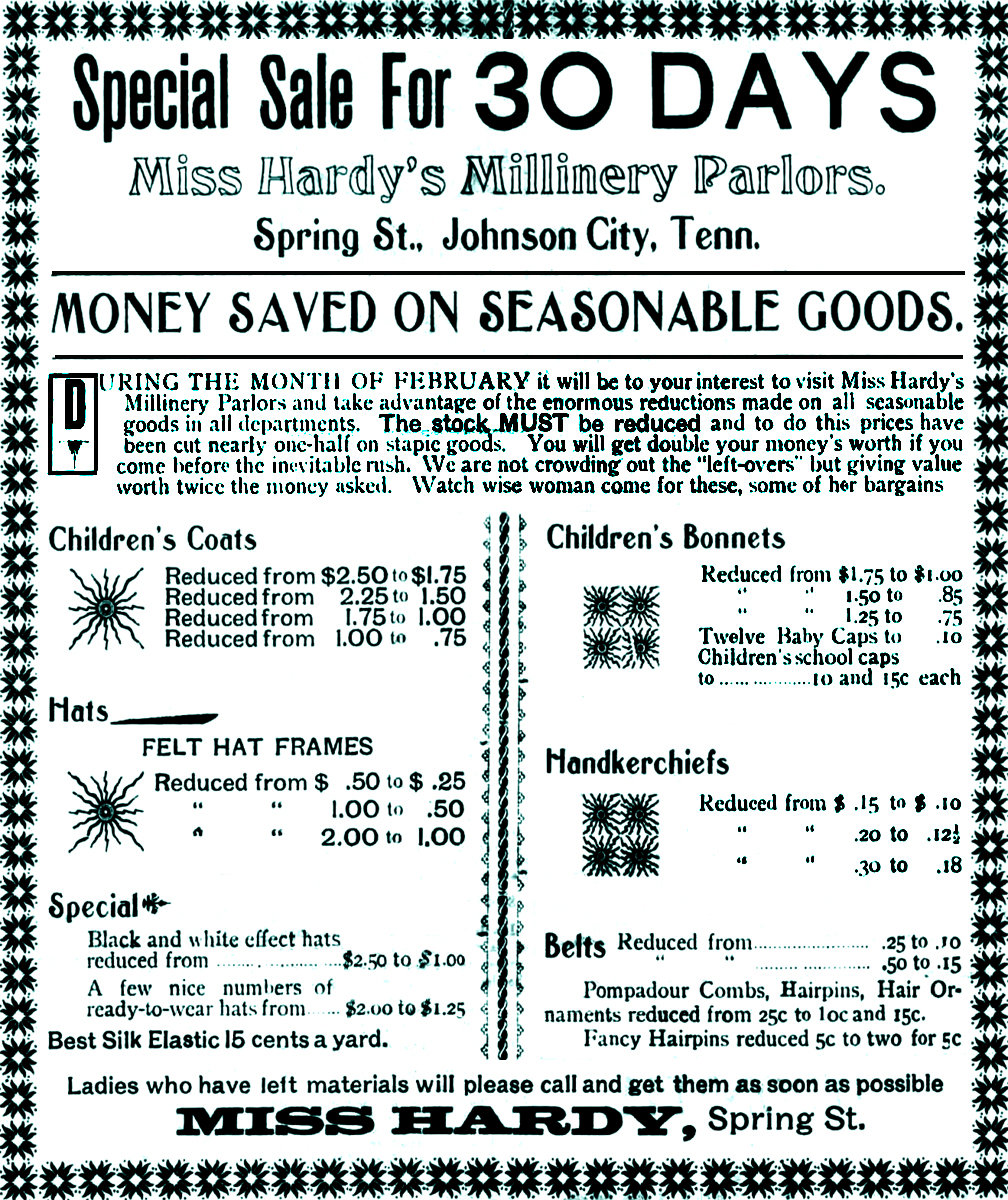On Dec. 25, 1951, Bob Thomas, writer for the Johnson City Press-Chronicle posted an article in the paper titled, “Christmas Brings Film Rundown.” “Another year in Hollywood is drawing to a close,” he noted, “so it's time for me to sit down at my desk and pick the highs and lows of the year.” He went on to list his choices:
comic, zany actor and writer, best known for pioneering the 1950s live television series, “Your Show of Shows,” a 90-minute weekly production watched each week by 60 million people).
Best new television star: Red Skelton (American entertainer, movie actor, best identified for his national radio and television acts between 1937 and 1971 and as host of the syndicated television program, “The Red Skelton Show.”
Brightest new box office stars: Dean Martin and Jerry Lewis, known as “Martin and Lewis.” Also identified was Mario Lanza (American tenor, actor and Hollywood film star).
Biggest industry news: Louis B. Mayer's exit from MGM.
Almost the biggest industry news: Warner Brothers' offer to sell their interest, which was later retracted.
Movie stars who passed away that year were Robert Walker (American actor), Fannie Brice (American illustrated song model, comedian, singer and theater and film actress, known as the star of the top-rated radio comedy series, “The Baby Snooks Show”), Maria Montez (a Dominican motion picture actress who gained fame and popularity in the 1940s) and Leon Errol (Australian-born American comedian, and performer, who appeared in vaudeville, on Broadway and in films).
Biggest blow to the bobby sox set: Elizabeth Taylor's divorce.
Biggest blow to the dowager set: Clark Gable's divorce.
Freak news event of the year: A Vancouver hotel refused to room crooner, Bing Crosby, because he looked like a bum.
Most recurring news item: Hedy Lamarr's recurrent announcement that she'll retire.
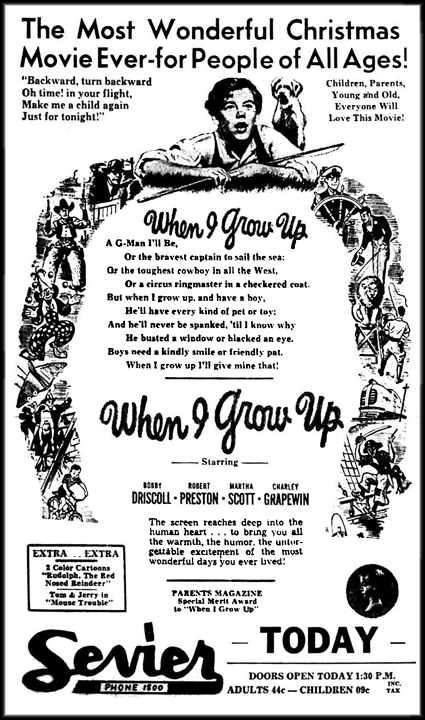
“When I Grow Up” Was Playing at the Sevier Theatre in 1951
Most notable return to Hollywood after a lapse of several years: Rita Hayworth.
Worst public relations actor: singer Frank Sinatra (Ol' Blue Eyes).
Best musical film: “American in Paris” (a jazz-influenced symphonic film by the American composer, George Gershwin).
Best drama: “A Place in the Sun.” (starring Montgomery Clift, Elizabeth Taylor and Shelley Winters).
Father of the year: James Stewart (American film and stage actor, known for his distinctive drawl and down-to-earth persona) after becoming the father of twins.
Best male performances: Humphrey Bogart, “African Queen”; Marlon Brando, “Streetcar Named Desire”; Gene Kelly, “American in Paris”; Fredric March, “Death of a Salesman”; and Gregory Peck, “David and Bathsheba.”
Best female performances: Bette Davis, “Payment on Demand”; Katherine Hepburn, “African Queen”; Vivien Leigh, “Streetcar Named Desire”; Shelley Winters, “A Place in the Sun”; and Jane Wyman, “The Blue Veil.”
Most promising newcomers: Debbie Reynolds, Mitzi Gaynor, Dale Robertson, and Aldo Ray.
Yawn of the year: Shelley Winters' “Romance.”
Best low-budget picture: “The Well,” (nominated for two Academy Awards, including Best Original Screenplay and Best Film Editing.)
And finally … Runner-up news: Arrest of actor Charles Coburn (an American film and theatre actor, best known for his work in comedies). Also incarcerated were his poker pals.
That's all folks!
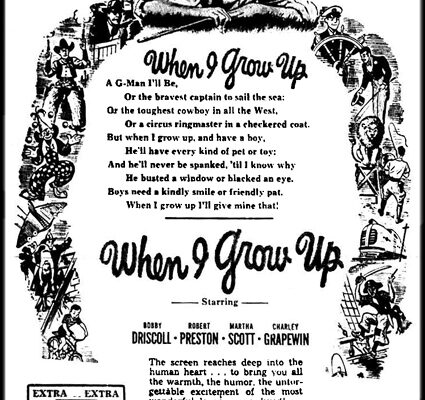
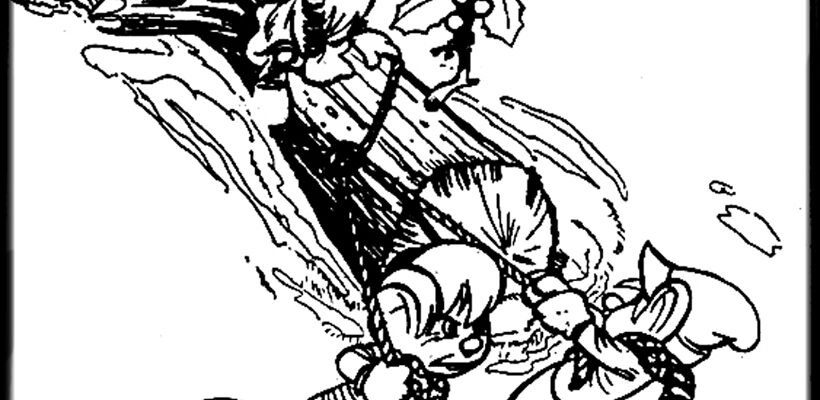
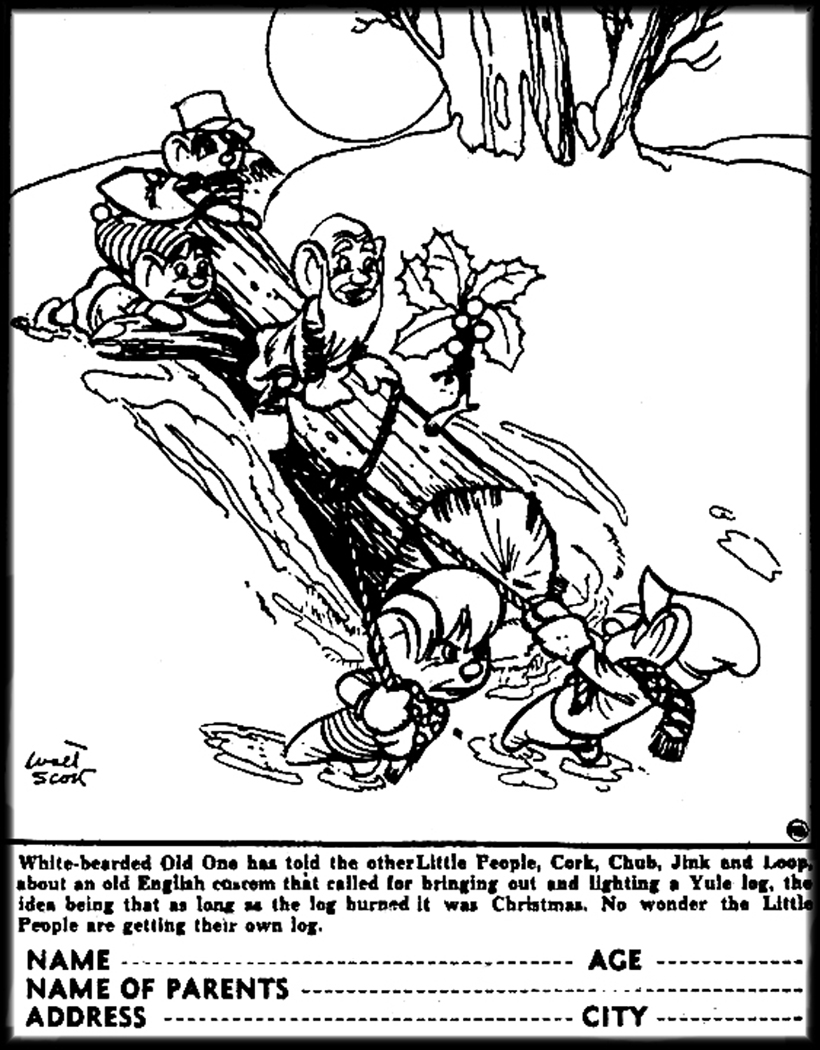
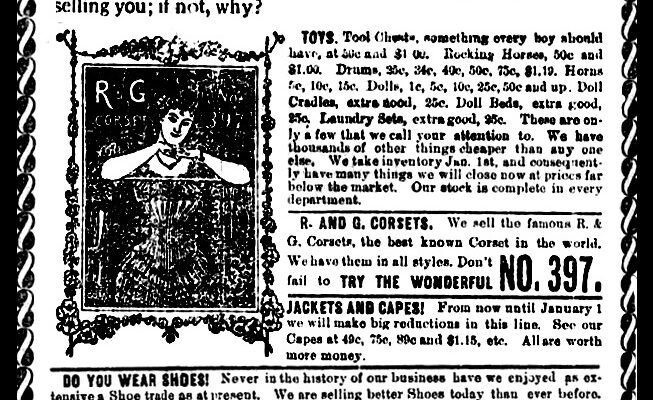
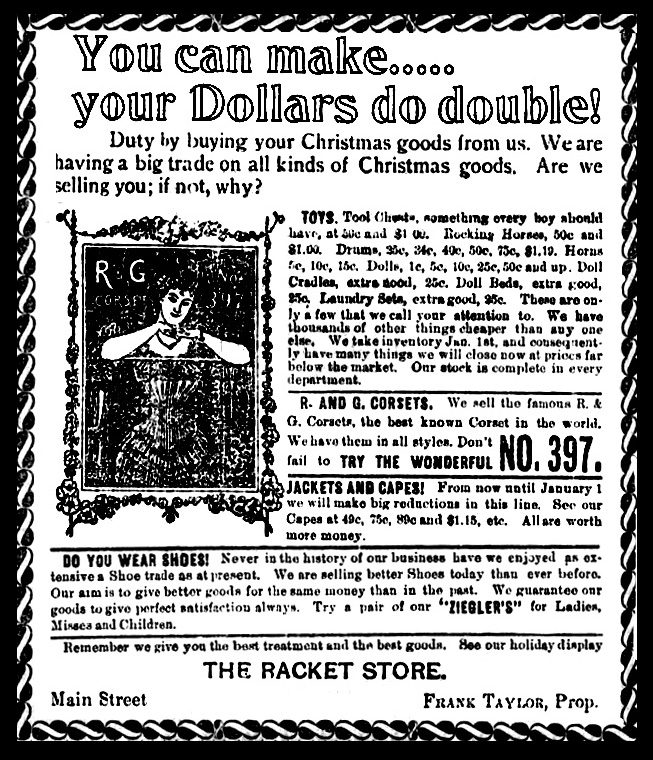 Newspaper Advertisement from 1899
Newspaper Advertisement from 1899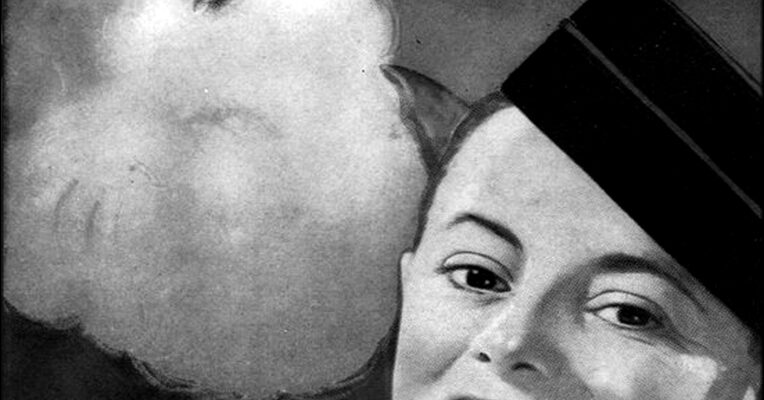




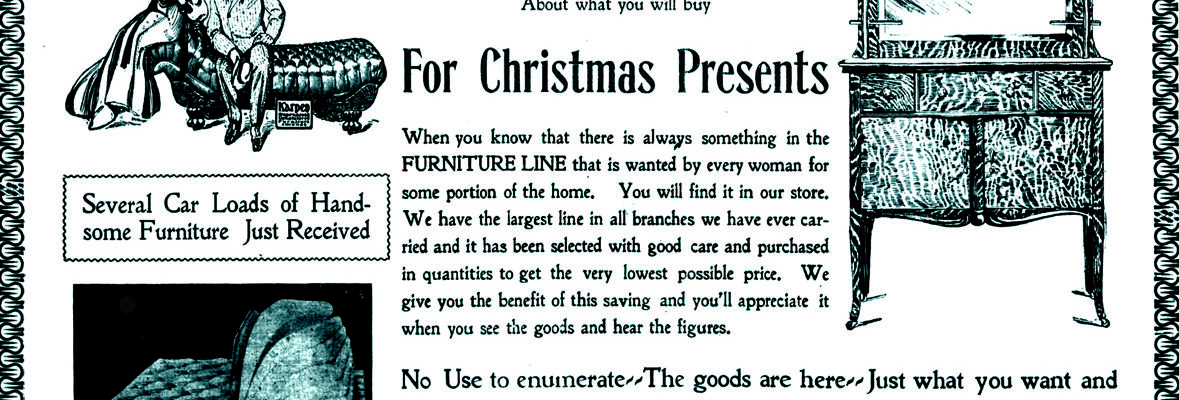
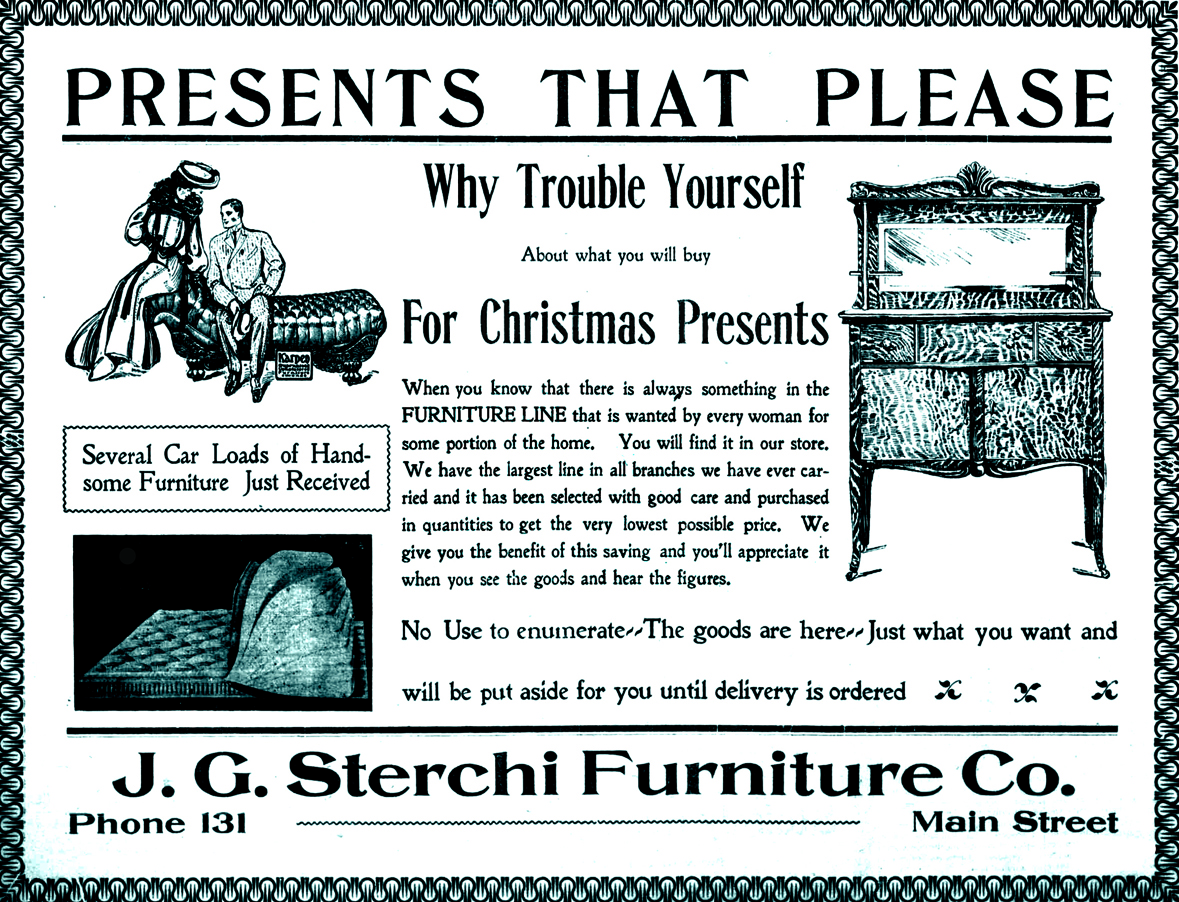
_0-1050x400.jpg)
_0.jpg)

.jpg)
.jpg)
